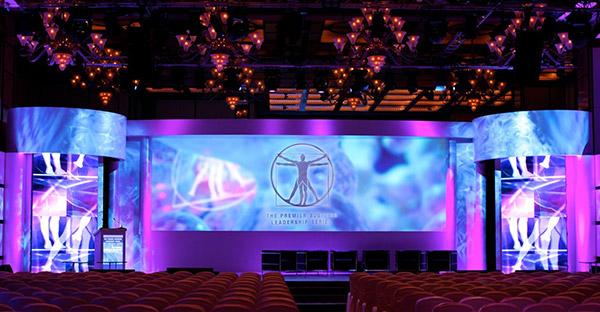Demystifying LED Panel Surface Brightness Measurements aiming at Optimal Visual Performance
Demystifying LED Panel Surface Brightness Measurements aiming at Optimal Visual Performance
Blog Article
LED panel screens are more and more popular across various environments, from residences and businesses as well as public areas. These panels are recognized due to their vivid as well as vibrant displays, that make these suitable to conveying information, advertisements, as well as engagement. Nevertheless, comprehending brightness illumination levels for Light Emitting Diode panel screens remains crucial to ensuring optimal visual efficacy. Illumination can be quantified using metrics known as nits, which show the amount of luminosity produced by the screen. A higher the quantity in candelas, the brighter more luminous the display will be. For instance, instance, one panel boasting one thousand nits is significantly more vivid compared to one featuring 500 candelas, rendering this one better equipped in well-lit environments.
When choosing a Light Emitting Diode wall panel, it becomes crucial in take into account which setting in which it will be used. For well-lit illumined spaces, such as shopping malls or outdoor settings, higher increased brightness rate becomes essential to ensure clarity. On the other hand, within dimmer settings, like cinemas or conference rooms, a lower brightness level may suffice. This is because excessive brightness within an dim setting may result to discomfort for viewers, making them harder for focus on the display. Therefore, comprehending specific specific requirements of an installation location can help in choosing the right brightness level to ensure ideal viewing experience.
Another important factor for take into account is contrast contrast proportion of the LED wall panel. The ratio measurement indicates how much disparity exists between the brightest white versus the darkest black shade which a panel is able to create. A greater differential proportion indicates the display can the display can present greater clarity and depth, which enhances overall visual clarity. For example, one panel with a contrast proportion at ten thousand to one will Go Here show visuals featuring greater brilliant colors and sharper details than a featuring a proportion at 1,000:1. This is especially crucial in instances where showing visuals or videos which require high definition as well as fine details, including slideshows or promotional content.
Additionally, the technology technology behind Light Emitting Diode panel screens plays a essential part for their brightness as well as total performance. Different kinds in Web Site Light Emitting Diode technologies, including Organic Light Emitting Diode and LCD, possess unique characteristics that affect the way luminosity is experienced. OLED panels often offer superior contrast and deeper shades, thereby can enhance a visual experience in darker environments. On the other hand, traditional Light Emitting Diode screens may be better in bright spaces because of their ability for generate higher amounts of illumination. Understanding such tech-related differences will guide consumers to deciding on informed choices according to their specific needs.
In conclusion, regular maintenance as well as adjustment of LED wall screens may assist preserve optimal brightness as well as efficacy long-term. Dust as well as particles can accumulate on a surface, affecting the illumination as well as clarity of the visual. Periodic cleaning as well as professional calibration may guarantee that panel panel operates at top optimal, offering consistent visual quality. Additionally, certain advanced LED wall screens come with integrated features which allow operators for adjust illumination levels and hue settings based on individual preferences. By implementing these measures, operators can guarantee that LED Light Emitting Diode wall panels deliver an best display efficiency, regardless of the setting where which these are used.